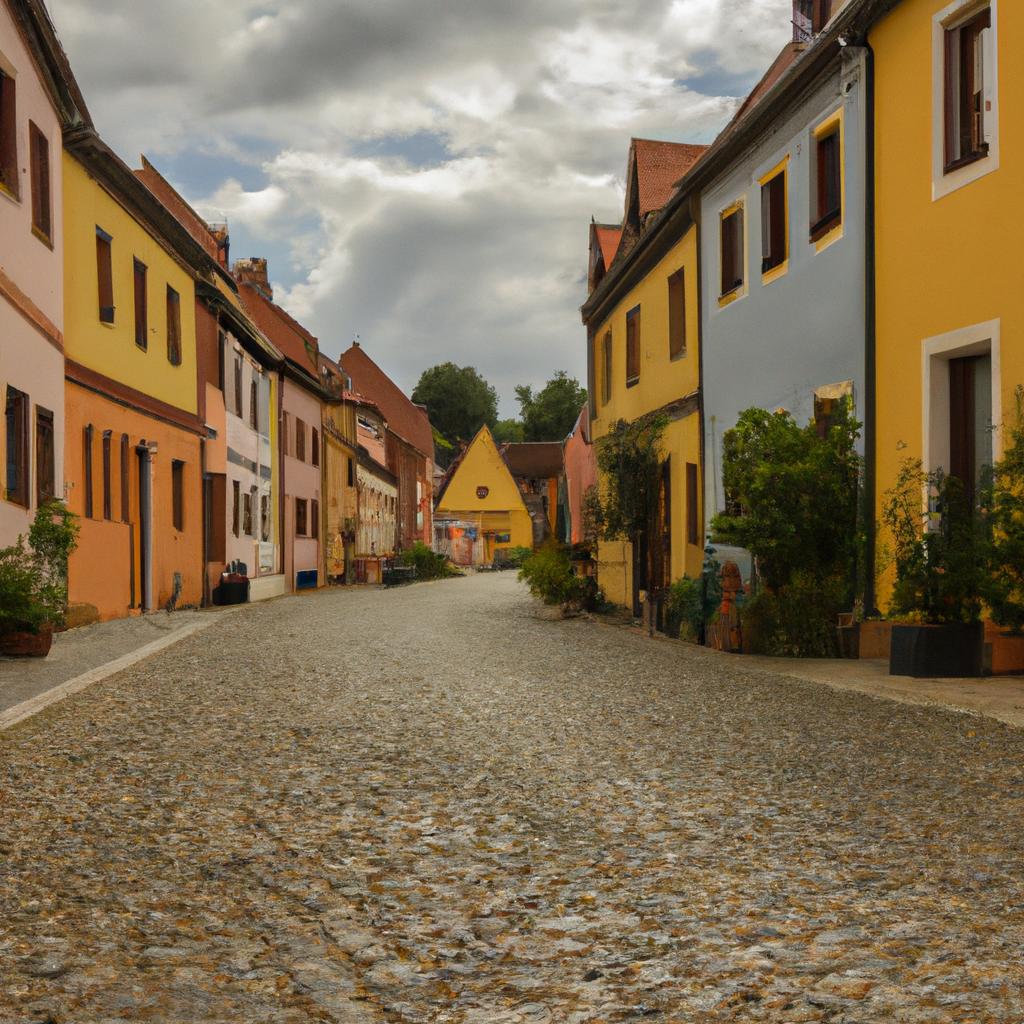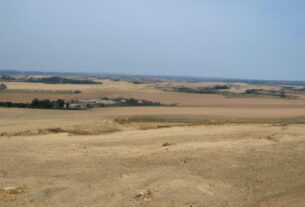Painted villages have long been a symbol of cultural heritage, tradition, and community spirit. These vibrant and colorful villages offer a glimpse into the rich history and culture of the area. Each village showcases its unique style and motifs, but they all share a common goal: to showcase their cultural heritage and create a sense of community pride.
What is a Painted Village?
A painted village is a community that has made a conscious effort to decorate their homes, buildings, and streets with bright colors and traditional patterns. These villages can be found all over the world, from Italy to Indonesia to Argentina. The use of bright colors is one of the most notable characteristics of a painted village. These colors are often inspired by the natural surroundings of the village, such as the blue of the sea or the green of the forest. Traditional patterns and motifs are also prevalent in painted villages, with each design having its unique meaning and significance.
The Characteristics of Painted Villages
The integration of painted buildings with their surroundings is another characteristic of painted villages. Villages often use local materials and techniques to create a seamless connection between the buildings and the natural environment. This integration creates a unique and visually stunning landscape that attracts visitors from all over the world.
Famous Painted Villages Around the World
Painted villages are found all over the world, but some have gained more attention than others. Here are three of the most famous painted villages:
Burano, Italy
Burano is a small island in the Venetian Lagoon, known for its colorful houses and lace-making tradition. The brightly painted homes of Burano are said to have been inspired by the fishermen who lived there. Today, visitors flock to Burano to admire the colorful buildings and learn about the island’s rich history and culture.
Jodipan, Indonesia
Jodipan is a village in Indonesia that was transformed into a vibrant painted village in 2016. The transformation was part of an initiative to improve the living conditions of the village’s residents. The brightly painted homes and streets have since become a popular tourist destination, bringing much-needed income to the village. The village’s unique style and use of recycled materials have also garnered attention from around the world.
La Boca, Argentina
La Boca is a neighborhood in Buenos Aires, Argentina, known for its brightly painted buildings and tango culture. The neighborhood was once home to Italian immigrants who painted their homes in bright colors using leftover paint from the nearby shipyard. Today, La Boca is a popular tourist destination, with visitors drawn to the colorful buildings, vibrant street art, and lively tango scene.
The Benefits of Painted Villages
Painted villages offer many benefits to both the residents and visitors. Here are three of the most significant benefits:
Boost in Tourism
Painted villages are a significant tourist attraction, drawing visitors from all over the world. These visitors bring much-needed income to the village, creating jobs and boosting the local economy. The increased tourism also helps to promote the village’s cultural heritage, preserving it for future generations.
Preservation of Cultural Heritage
Painted villages are an essential part of a community’s cultural heritage. By preserving and maintaining these villages, residents can ensure that their traditions and history are not forgotten. The use of traditional patterns and motifs in the painted buildings helps to keep these traditions alive and pass them down to future generations.
Community Pride and Involvement
Painting a village is often a community effort, with residents coming together to decorate their homes and streets. This effort creates a sense of community pride and involvement, bringing people together to celebrate their shared heritage. The painted buildings and streets also serve as a source of inspiration and creativity for the residents, further strengthening the community’s bond.
Challenges of Maintaining Painted Villages
While painted villages are a beautiful and unique part of our cultural heritage, they are not without their challenges. Maintaining and preserving these villages can be difficult and expensive. Here are some of the challenges faced by painted villages:
Weather and Environmental Damage
Weather and environmental damage are significant challenges faced by painted villages. Harsh weather conditions, such as heavy rain, snow, and wind, can cause damage to the brightly painted buildings and structures. Environmental factors, such as pollution and sun damage, can also cause the paint to fade and deteriorate over time. To combat these challenges, painted villages must invest in regular maintenance and upkeep.
Cost of Upkeep
The cost of upkeep is another significant challenge faced by painted villages. Maintaining the brightly painted buildings and structures can be expensive, especially for small communities with limited resources. The cost of repainting and repairing buildings can quickly add up, making it challenging to keep the village looking its best. To overcome this challenge, painted villages must seek financial support from the government, private organizations, and the community.
Balancing Modernization and Preservation
Painted villages must also balance modernization and preservation. As communities grow and develop, modernization becomes necessary to ensure economic growth and stability. However, modernization can also threaten the cultural heritage and traditions of painted villages. To preserve the village’s unique character and charm, communities must find a balance between modernization and preservation.
Conclusion
Painted villages are a beautiful and unique part of our cultural heritage. These villages showcase the traditions and culture of their communities, creating a sense of pride and identity. While challenges exist, it is essential to support and appreciate painted villages, providing financial and moral support to ensure their continued existence. By doing so, we can help protect our cultural heritage and celebrate the beauty and diversity of our world.
Support painted villages and other cultural landmarks by visiting them, learning about their history, and contributing to their preservation efforts. Together, we can ensure that the world’s painted villages continue to inspire and delight generations to come.



